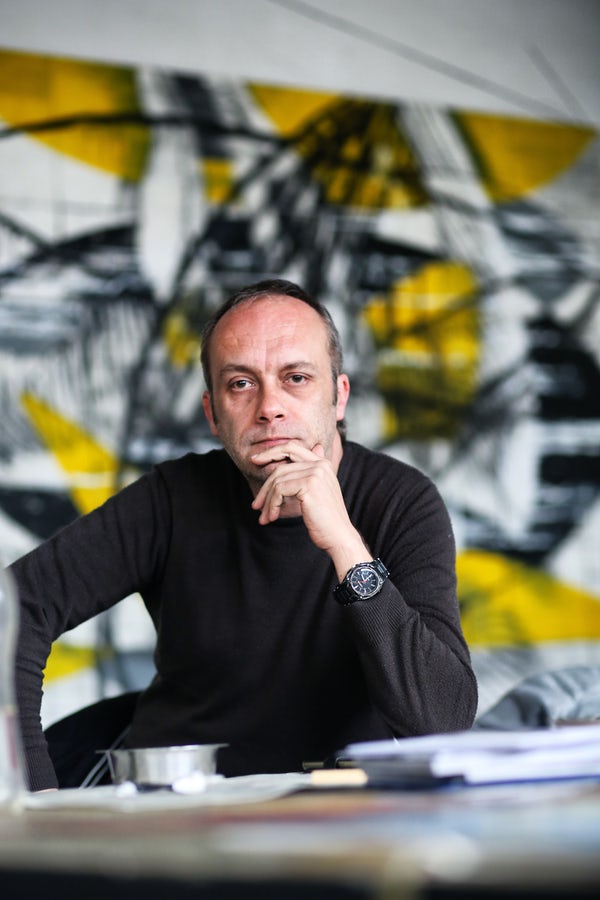
Author Denis Mackenzie
Winemaking or vitification is simply the production of alcoholic beverage, beginning with the selection of grapes, the fermentation of them into wine, and finally the bottling of its finished liquid. The history of winemaking spans over thousands of years. The process of winemaking dates back to the ancient Greeks and Romans. In the Roman Empire, the grape varietal that was used in winemaking was known as being. The ancient Egyptians were the first to grow grapevines.
The science of viticulture has been called oenology since the ancient times. A winemaker can also be known as a vinterer. Today, vinterers are mainly wine makers and vino producers. It is believed that the first vintners started using the scientific method of winemaking in the early 19th century. However, the process of winemaking has evolved since then.
Wine production has its own set of specific rules. It differs from one winery to another. For example, wineries that use different kinds of grape should not all use the same methods of fermentation. The rules also differ with each type of fermentation. Most wineries prefer to ferment their wines in oak barrels. The first oak barrels to be used for this purpose were French oak barrels. Other types of oak barrels were also developed and used for fermentation, but are not considered as effective because they do not have the ability to retain the aroma, flavors, and color of the grape.
The most commonly produced type of beverage is red wine. Many red wines are produced in Europe and in other parts of the world. Other types of red wines are grown as well, including such wines as Cabernet Sauvignon, Merlot and Pinot Noir.
White wine is a close second in terms of production. Some wineries produce white wine only. Others use white grapes as well, although they often prefer to use Merlot or Pinot Noir for this purpose. The main difference between red and white wines is primarily found in the fermentation process. Red wines ferment through a series of fermentation processes called fermentation, which is basically where yeast converts the sugars in the grape juice into alcohol. and carbon dioxide. In white wines, the process is quite the opposite, where yeast converts the sugar into alcohol and carbon dioxide.
Wineries have made the wine making process easier by learning how to automate the entire procedure. The process of fermentation is more of a science today than it was in the past, thanks to advances in technology. This method of fermentation has helped to cut the time of fermentation down to a fraction of what it used to take. The result is a lot of wineries now having their own laboratories for experimenting with different combinations of grape varieties.
More websites for:
Denis MackenzieDenis Mackenzie
Denis Mackenzie
Denis Mackenzie
Denis Mackenzie